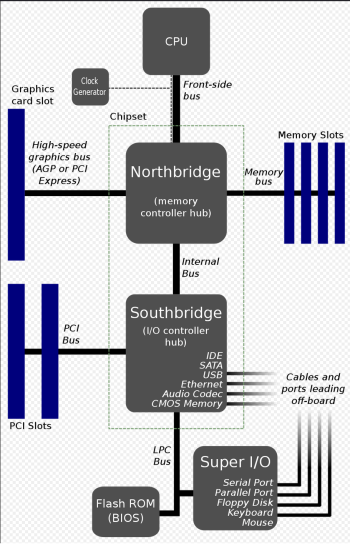The most recent Mac revenue figures were poor despite the M3 coming to both the MacBook Pro and iMac at the same time – normally two big revenue generators.
Part of that is probably just because the M3 is not much to get excited about, and the iMac and MacBook Pro are otherwise imperceptibly changed.
But part must be that the prices have got wildly out of sync with the rest of the industry, aggravated by Apple’s stubborn persistence with 8 GB of base RAM and extortionate upgrade prices. Those upgrade prices are pure profit, so I understand why Apple is reluctant to change this arrangement. But when they finally go to 16 GB base RAM, sales will jump. I tried to hold out for that change but caved – but I am a hardcore Mac user who is practically locked into the platform (like many of you on a forum like this one, no doubt). Many other people are more flexible and evidently don’t see value in the current Mac range.
On that note, I have never seen so many persistent Mac sale prices at resellers. Obviously in America you have Best Buy, B&H, etc., with big discounts. But there are also unusual discounts in European places like sales through corporate channels. I think this shows Apple misjudged pricing and is trying to fix it. However, sale prices like that do serious harm to the brand. One of the nice things about Steve Jobs’s Apple was that you didn’t have to shop around for prices or worry that you were buying just before a price slash. If Apple wants to preserve its status as a premium tech brand, the discounts should stop – but clearly that means fixing the nominal pricing.
For all of these reasons and because the MacBook Air is probably the most important Mac, I hold out hope that Apple will do something interesting with the M3 Air – hopefully on pricing. Although the latest MacBook Pro and iMac starting at 8 GB of RAM, and the iMac at 256 GB of storage, does not seem to give Apple much room to make the specs more attractive.


